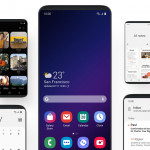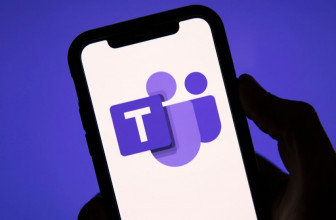
It’s a gray, blustery Saturday, and I’m curled up on the couch with a cup of coffee and the new MacBook Air. The laptop is warming my legs, but not uncomfortably so. I’m trying my best not to drip breakfast blend onto this pristine keyboard. I only unboxed this machine on Friday afternoon, which means that in the early hours of Tuesday morning, when this story goes live, I will have had it for less than three days. That’s not quite enough time for a full review, but rest assured, I am working on it. In the meantime, I’ve been testing the new Air the way it was meant to be used: as an everyday laptop for the masses. What follow are some preliminary impressions. Pour yourself some coffee and join me.
Until this new laptop arrived at my office, I was making do with the last-gen MacBook Air, an aging work-issued machine that continues to serve me well — mostly, anyway. As I type this, the old Air is sitting on a shelf, along with its antiquated MagSafe adapter. In its place is a much more compact notebook, with a more compact Thunderbolt 3 charger. The new Air feels both familiar and not. Though my test unit is gold — a first for the Air — the fit and finish are otherwise the same: This is a wedge-shaped machine with rounded corners and matte aluminum surfaces. As with previous MacBooks, I scratched the aluminum within days of unboxing it and am now sad. On a happier note, this is the first Mac with an enclosure made completely from recycled aluminum. That’s great, but you won’t spot the difference. And that’s a good thing.

Flip the laptop over, though, and the flat black edge on the back is gone. The 2.75-pound system is noticeably thinner, lighter and smaller than before, too, with 17 percent less volume, according to Apple. On the typist’s left side, though, are two Thunderbolt 3 ports, the same selection you’ll find on the MacBook Pro. Indeed, I feel like I’m holding some sort of (non-existent) 13.3-inch MacBook or an extra slim, extra light version of the 13-inch Pro.
There are other reasons for that, besides just the shape. Gone are those thick bezels that once surrounded the screen. What remains is the thinnest of borders, with an expansive screen in between. That 13.3-inch panel can, at last, call itself a Retina Display. To be specific, it’s an LED-backlit screen with 2,560 x 1,600 resolution, or 227 pixels per inch. Meanwhile, Apple says this display shows 48 percent more colors than the previous generation. Both of these upgrades will absolutely be noticeable if you’re upgrading from an older Air.
Just know that this upgrade doesn’t necessarily bring you beyond competing machines, but in line with them. This is the same screen technology already in use on the 12-inch MacBook, and the color spectrum Apple is touting is actually sRGB — a common spec for laptops in this price range. In fact, that’s one of the main differences between this screen and the MacBook Pro: For the money, Apple’s highest-end laptops step up to the professional-grade P3 color spectrum. I don’t miss it, but if you do, the Air wasn’t the right laptop for you anyway.
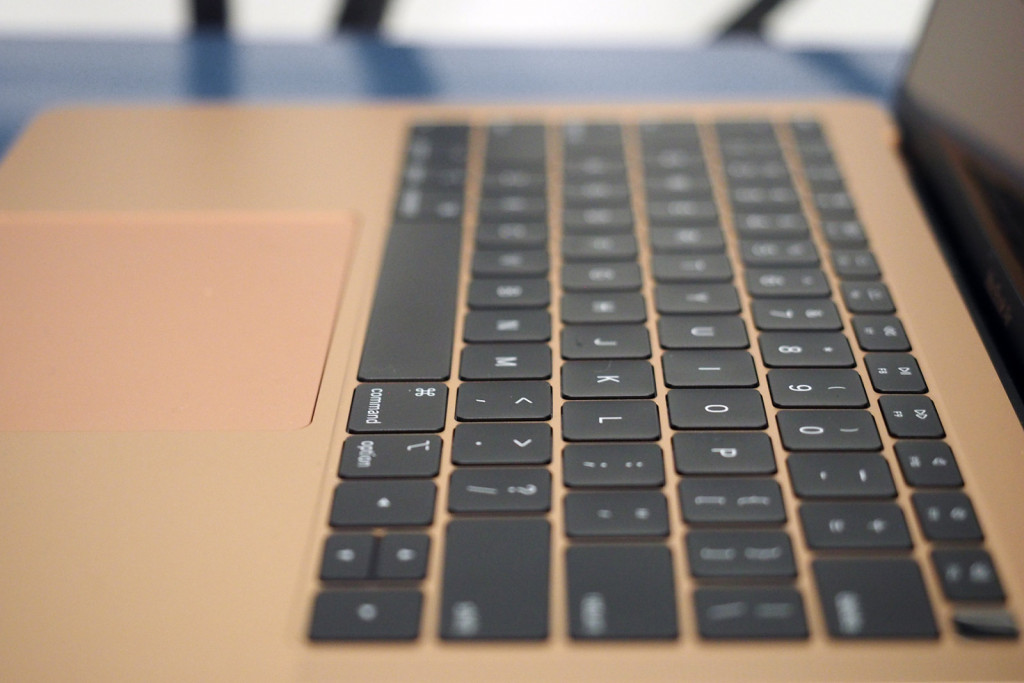
Even if you do decide that you’d rather save money by sticking with the Air over the Pro, the keyboard, trackpad and Touch ID fingerprint sensor are all the same. These backlit keys are the third iteration of Apple’s “Butterfly” keyboard design, which claims to be more stable and precise than the cushier buttons used on the older Air (not to mention previous Butterfly keys). They’re flat, as you’re probably well aware, which has presented a learning curve every time I’ve set aside my old Air to work on a review of a newer MacBook. But the thing about a learning curve is that things get easier with time, and so does this keyboard. I still make typos (just typed “keyboad,” in fact), but I’m getting better. I can also appreciate that these keys, while not exactly quiet, make a lower, more pleasant sound than what I’m used to.
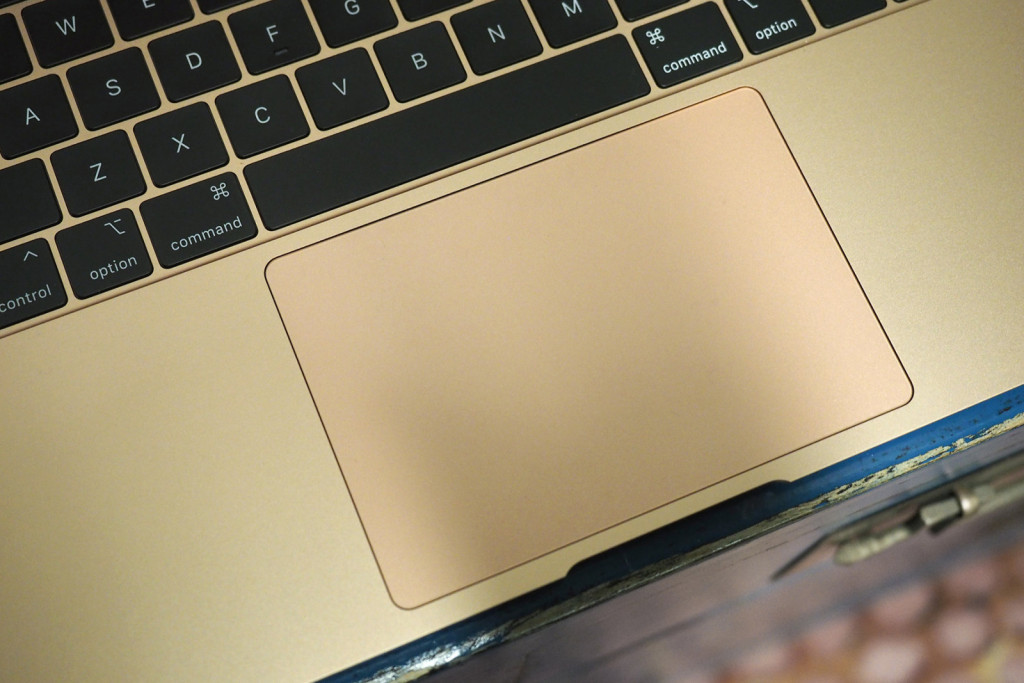
Something I didn’t need to warm up to: that huge trackpad. I personally have never found much use for Apple’s pressure-sensitive Force Touch gestures, like holding down on an address to preview it in Maps, but even if you ignore all that, you still have a spacious, reliable mousing surface that responds precisely to single-finger tracking, two-finger scrolls, pinch to zoom, tap-to-click and other gestures in macOS. As ever, too, Apple’s clever use of haptic feedback means that it’s easy to forget this trackpad isn’t one you can actually press down on; only when the machine is powered off are you reminded it’s a fixed, immovable surface.
I also love that Apple included a Touch ID sensor. One of the reasons I’ve held off on buying a new MacBook for myself was that I wanted my next machine to include a fingerprint sensor, but until now the cheapest Mac offering that feature was the $1,799 13-inch MacBook Pro. Not only is that a lot of money for a machine I don’t intend to push that hard, but on the Pro line, having Touch ID also means putting up with the controversial Touch Bar. Hey, maybe you like that touch strip, and if so, to each their own. But personally, my ideal setup is a conventional keyboard with a row of function buttons up top and a fingerprint sensor tucked away in one of the corners.
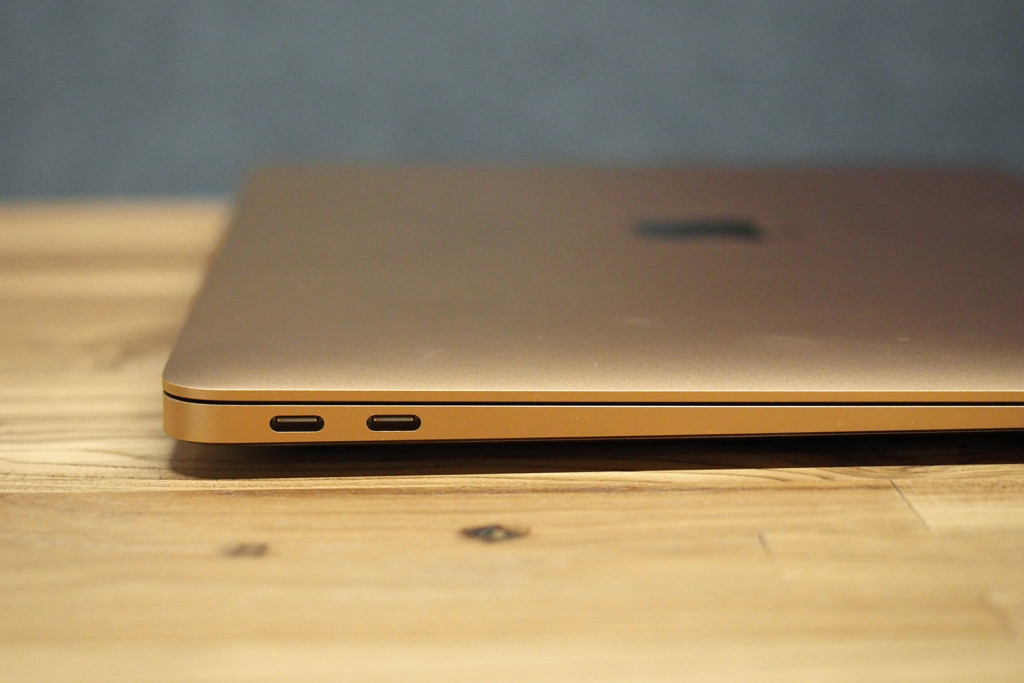
That’s what the MacBook Air offers: all of the convenience of Touch ID with none of the gimmicks of the Touch Bar. For my part, Touch ID was easy to set up and it has not failed me once; it always works on the first try. And hey, given my proficiency with this flat keyboard (“flast keyboard”), I’m pretty sure the alternative would be me botching my complex system password at least once each time before getting it right.
This is where we get to performance, and this is where I remind you: I’ve only been testing this thing for a weekend. When I’m in Saturday mode I spend a lot of time in Chrome, with a dozen pinned tabs and at least another six open ones at any time. Throughout the day I’ll tweak my to-do list in Notes, respond to friends in Messages and Telegram, stream music on Spotify or via the Sonos Controller, and occasionally pop into Slack if I’m working.

Since I’ve begun my work week, I’ve noticed the machine has stayed quiet and reasonably cool even when I take long Google Hangouts calls from a Chrome browser tab, a task that regularly sends my older Air into a noisy, overheated tizzy. Indeed, none of the above has been any match for the 1.6GHz Core i5 processor, 8GB of RAM and Intel UHD Graphics 617 inside my test machine, not that I’m surprised. As I hinted at earlier, the underside of the laptop has stayed mostly cool too — lukewarm at worst.
There are still so many other things left for me to put through their paces, though: the 25-percent louder speakers, Hey Siri, webcam quality and, of course battery life. On that last count, Apple claims the Air can achieve 12 hours of runtime in web browsing mode, and 13 hours for iTunes video playback. When you’ve had a test machine less than three days, and haven’t even been awake that whole time, you can only oversee so many battery tests. Check back soon, and I hope to have answers on all of the above, not to mention another vexing question: Which MacBook, if any, should you buy for yourself?
Source: engadget.com






































